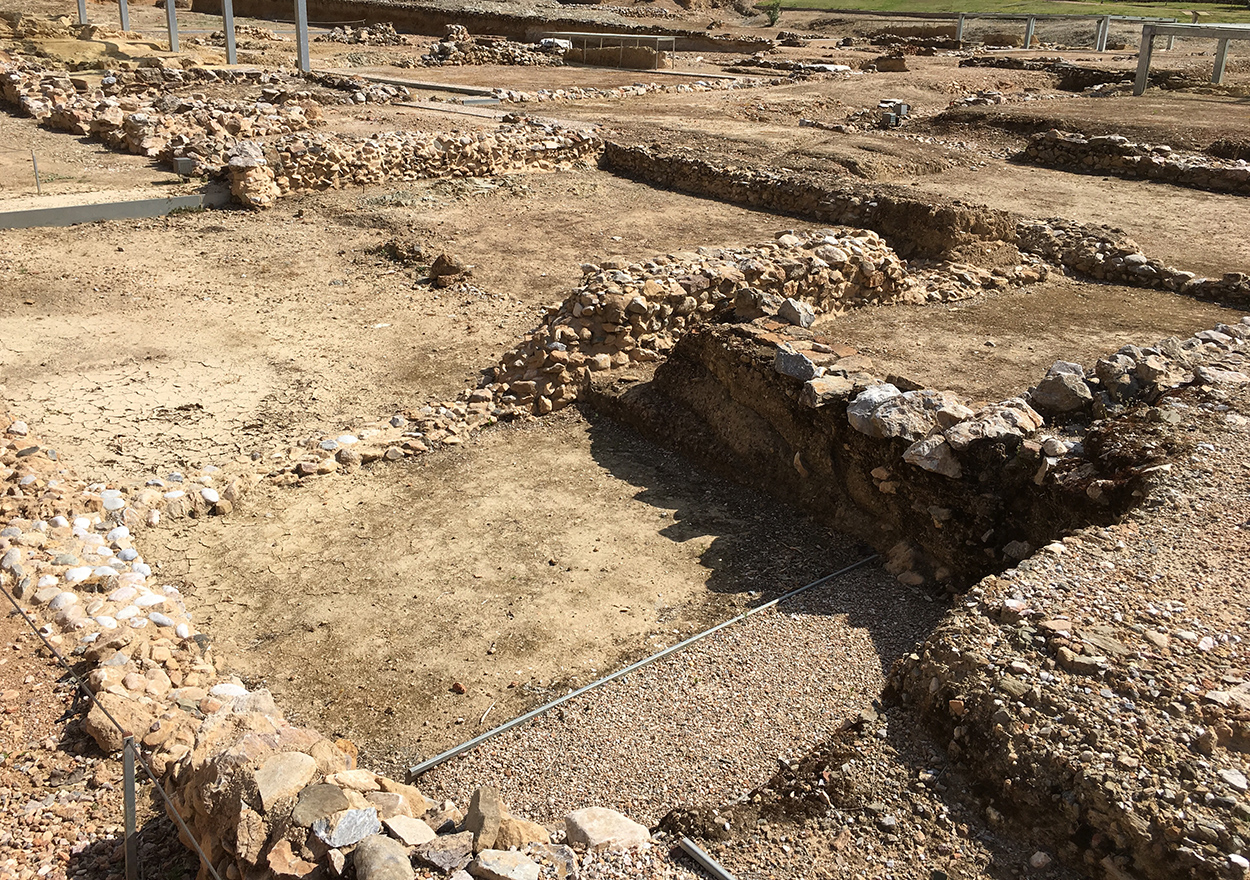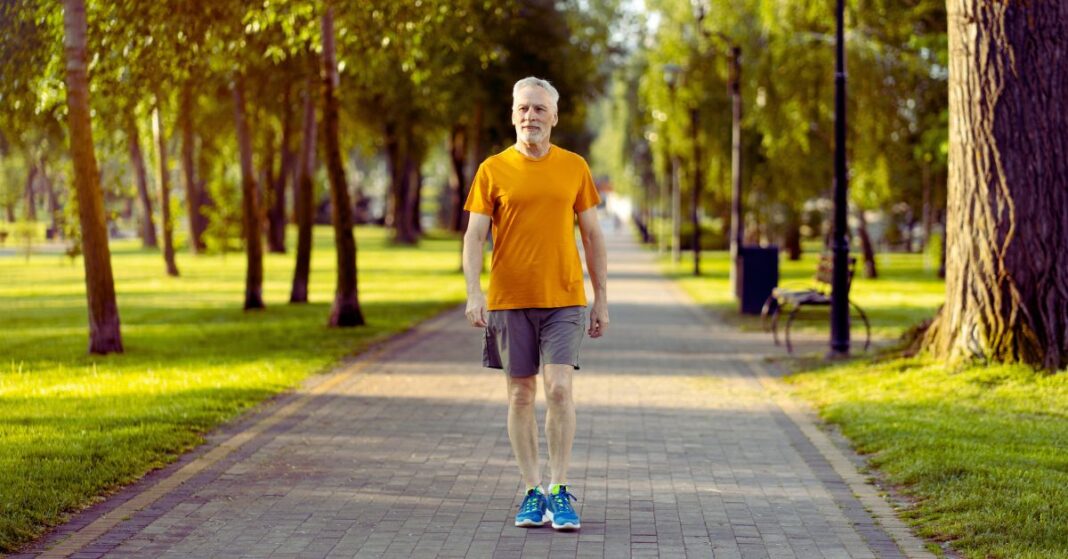Walking! Charles Dickens walked an average of 12 miles a day. He found it helped get his creative juices flowing.
Aristotle walked for clarity of thought while he lectured his students. As a matter of fact I walked the same walk as he did, back in April 2017. It certainly stirred my juices; I had the most amazing transcendental experience and had to sit down for a half hour! (secret revealed one day!)

Virgin boss Richard Branson does this with his associates to help generate ideas. For the poet William Wordsworth, it was an essential daily habit that fired up his imagination. Friedrich Nietzsche, Charles Darwin and Ernest Hemingway too! For philosophers, poets, writers and chief executives alike, walking is a good way to stimulate creative thinking.
Even desk geeks like Steve Jobs and Mark Zuckerberg have used walking to get inspiration. So why not the rest of us?
Don’t tell me you don’t need inspiration… The word means “the breath of life”. To inspire is to breathe! C’mon, of course we all need it. If you get some bright ideas while you are engaged in walking, that’s good too.
You may not get a best-selling novel come into your head but crisp clarity of thought will often help you plan your day or week for the best. A conversation with God. It may even just be a tune that you like to hum as you go. I defy you not to think good thoughts as you stride along!
So What’s All This About?
It’s about slowing down aging and being your best YOU, for as long as possible! Boomer’s don’t just die or fade away—we like to drop off the twig mid-action! Haha!
There is no question that mild exercize is a valuable health intervention. Don’t pay too much attention to the endorphin freaks, who think more is better and everyone should sweat and grind for hours and hours. Especially stay away from Crossfit, which is a cult in my view; people use it to hurt themselves seriously (in fact they don’t rate the experience, till it starts tearing muscles and sinews! Just kidding).
We do know that exercizing to the point of mild breathlessness, 3 – 4 times week, is a good target for most of us over 60. You can do what is called interval walking training (IWT). Like other “interval” trainings, it means on and off. Walk gently for 3 minutes (you should be able to hold a conversation easily) and then for 3 minutes push harder and swing your arms (conversation becomes broken but not impossible, because you are slightly out of breath).
IWT is efficacious in improving physical fitness and muscle strength, and reducing factors associated with lifestyle-related diseases. In individuals with type 2 diabetes, IWT improves glycemic control directly through enhanced glucose effectiveness, challenging conventional views on mechanisms behind training-induced improvements in glycemic control. The problem comes with individuals with chronic diseases and/or overweight/obesity, because of their difficulty in exercizing.1
If you are interested in weight loss, IWT can boost the exercize intensity and calorie burn without adding too much stress or strain to your body.
Most importantly, it’s great for cognitive health as we age. An increasing body of research evidence indicates that exercise can be an effective intervention for improving cognitive performance. According to an article in the prestigious journal Nature, the underlying neurophysiological mechanism by which exercise enhances cognitive performance is thought to be accelerated brain-derived neurotrophic factor (BDNF) synthesis causing activation of pathways to initiate neuroplasticity and neurogenesis in the hippocampus. Furthermore, research indicates that exercise is associated with enhanced mood states and diminished stress and anxiety levels, which in turn indirectly influence cognitive performance.2
Another Mechanism
However, research at New Mexico Highlands University showed there is another performance enhancement pathway that rarely gets mentioned and that is the hydraulic pumping effect. As we walk we bounce up and down to a degree.
The impact of feet hitting the ground sends pressure waves through the arteries. These waves synchronized with heart rate and walking stride to increase blood circulation in the brain. While running has a greater impact, walking was still very effective, and when it comes to boosting blood flow to the brain, it’s better than cycling, because the cyclist doesn’t go up and down so much!3
It’s really amazing that it took scientists so long to tumble to this important advantage of running and walking; it isn’t just about deep breaths, increased blood pressure, faster heartbeat and “getting fit”. It’s also about pumping. There are backward-flowing waves in the arteries which have a very beneficial effect on cerebral blood flow.
Considering that nearly one in three cases of memory loss and decline in thinking ability is caused by so-called vascular dementia, in which blood flow to the brain becomes more and more restricted, walking stands out as an activity that should become an essential part of your everyday health regime. It is, in effect, putting blood flow to the brain under your own direct control!
Nothing wrong with that!

How To Get The Most From IWT
1. Warm-up: Begin every workout with a 10-minute warm-up. During the warm-up, start with an easy walking pace and gradually work your way up to a moderate walking speed. When walking at a moderate pace, you should be breathing deeply but comfortably.
2. Speed Interval: After the warm-up, begin your first interval. If you are new to this exercise style, start with a short thirty-second or one-minute interval. During this burst, bend your arms and pump them forward and back. Your breathing will become deeper and eventually you’ll have a slight pant.
3. Moderate Pace Interval: After the quicker burst, return to your moderate walking pace for 2 minutes or until you recover your breath.
4. Repeat: Repeat the interval set four more times for a total of five interval sets.
5. Cooldown: Finish the workout with a 5-minute cooldown or until you recover your breath.
6. Increase Your Push Interval. Gradually, over the space of days, increase the drive time (the time when you are pushing harder) up to 3 minutes and maybe 5 minutes. No benefit from trying from longer spells. It’s the on-off that does the good! Hence the term interval training.
Now The Stories
David K. struggled with obesity and unhealthy habits for years. After reaching over 300 pounds, he decided to take control of his life by incorporating walking into his daily routine. He started with short walks around his neighborhood, gradually increasing his distance, and eventually jogging and running. His transformation not only helped him shed over 150 pounds but also improved his mental health, reducing stress and anxiety.
Antionette S. battled severe depression and was diagnosed with prediabetes due to her sedentary lifestyle. When her doctor recommended more movement, she started walking for 15 minutes daily. She gradually increased her pace and distance, eventually walking five miles every day. Not only did she reverse her prediabetes diagnosis, but she also found relief from depression, using her walks as a form of meditation and mindfulness practice.
Diane M. was diagnosed with fibromyalgia, a chronic pain condition that left her feeling exhausted and immobile. Determined to take control of her health, she started walking in small increments, even when it hurt. Over time, walking improved her mobility, reduced her pain levels, and enhanced her overall well-being. She eventually completed a 10K charity walk, proving that perseverance and daily movement can lead to significant health improvements.
Cancer
While specific documented cases of patients achieving long-term remission solely through walking are limited, numerous studies and personal accounts highlight the significant benefits for cancer patients of regular physical activity, including walking. Engaging in consistent exercise has been associated with improved treatment outcomes, enhanced quality of life, and reduced risk of cancer recurrence.
A meta-analysis published in the British Journal of Sports Medicine found that increased muscle strength and aerobic fitness can lower the mortality risk for cancer patients by up to 46%. The study emphasized that exercises like walking can substantially improve survival rates and overall health.4
Additionally, the American Cancer Society recommends that cancer survivors engage in regular physical activity, including walking, to help reduce the risk of recurrence and improve overall health.
OK, that’s it. I’m off for my walk!
To your good health,
Prof. Keith Scott-Mumby
The Alternative Doctor
References:
- Appl Physiol Nutr Metab. 2024 Jul 1;49(7):1002-1007
- The effects of high-intensity interval training on cognitive performance: a systematic review and meta-analysis. Sci Rep 14, 32082 (2024). https://doi.org/10.1038/s41598-024-83802-9
- https://www.nmhu.edu/research-shows-walking-increases-blood-flow-brain/
- Association of muscle strength and cardiorespiratory fitness with all-cause and cancer-specific mortality in patients diagnosed with cancer: a systematic review with meta-analysis. Br J Sports Med. 2025:bjsports-2024-108671. doi:10.1136/bjsports-2024-108671




